Home > Blog > Top 9 Considerations in Implementing a Comprehensive Renovation Project for Your Home
Everyone knows the allure of a fresh start. That sparkling new house feel, the scent of untouched paint, the joy of reinvention. The same applies to our homes, the safe havens we keep returning to. An oasis where each corner tells a story and holds a part of us. However, as time passes, even the most cherished spaces may need a little reclaiming. This is where home renovation steps into the picture.
Home renovation, the process of restoring, improving, and modifying existing structures, is more than just a trend. It is a lifestyle choice that reflects upon our taste, aesthetics, and character, revamping not just our living spaces but also our quality of life. It’s an exciting journey of transformation, translating homes into personal sanctuaries, spaces of comfort, and venues for making beautiful memories.
Venturing onto a renovation journey requires careful decision-making, a resolute vision, and of course, the right partners along the way. Who better to guide you through this than us at Inhaus Living? With our eye for design, commitment to quality, and extensive industry experience, you don’t have to do your renovation project alone.
Let’s create beauty together! Do you want to dive in? Here are the 9 factors to consider in planning a renovation project for your home.
Define Your Renovation Goals
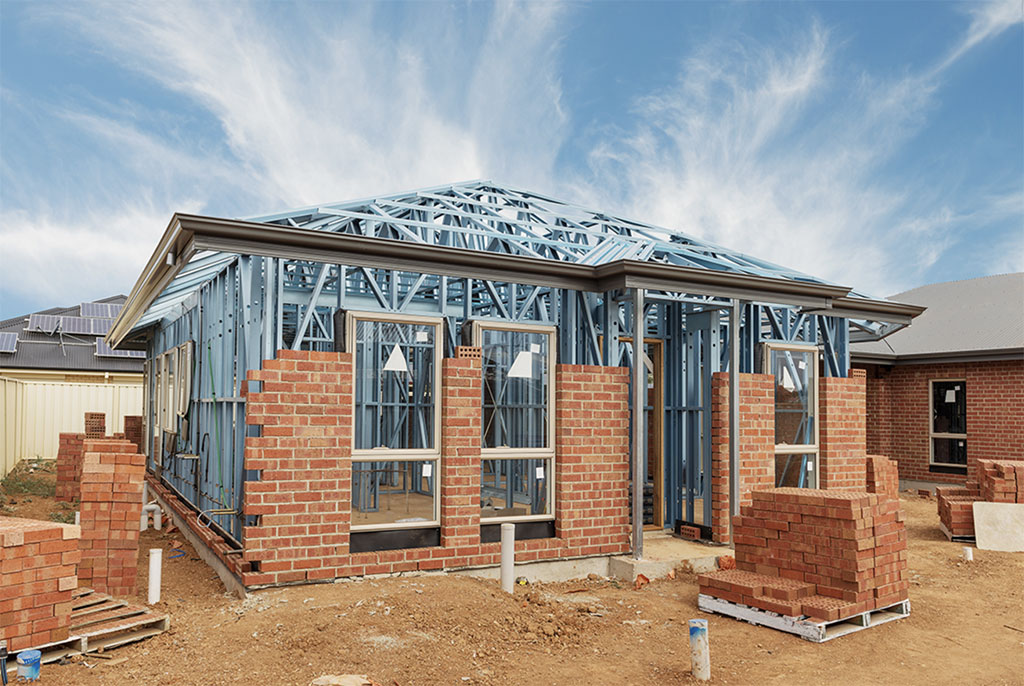
Embarking on a renovation project requires a clear vision and well-defined objectives. With so many elements to consider and options available, it’s important to streamline your renovation goals to achieve a cohesive and purposeful outcome.
Identifying the Specific Objectives of Your Renovation
Start with the ‘why.’ Are you revamping to create more space or to bring a fresh look to outdated interiors? Is it about increasing your property’s value or simply refreshing dated aesthetics? Or perhaps you’re aiming to enhance your comfort and convenience.
Address the specific problems you want to solve and the desired improvements you envision in your home. Consider factors such as:
- Space – Do you need more functional room for your growing family?
- Layout – Would an open-plan design improve your living experience?
- Style and aesthetics – Are you looking to update the overall look and feel of your home?
- Energy efficiency – Are sustainable solutions or upgrades a priority?
ot down what you want to achieve, this will influence all future decisions – from design and materials to contractors and budget.
Prioritising Areas and Rooms to Renovate
Once you have a grasp on your objectives, evaluate your home and create a prioritised list of the areas and rooms most in need of a remodel. This will help you maintain focus and allocate resources more effectively.
Consider the following as you list your renovation wish list:
- The impact on overall home functionality
- The role of each space in your daily life
- The correlation between the renovation and your specific objectives
Remember, well-planned renovations often build upon each other, creating synergy and consistency throughout your entire home.
Setting a Realistic Budget and Timeline
Every dream design comes with its own price tag and timeline. When planning your renovation project, it’s crucial to develop a realistic budget and timeline. These two elements play significant roles in the success of your project and can help prevent excessive stress or financial strain.
- Budget: Determine how much you’re willing and able to invest in your renovation. If feasible, consult with professionals like Inhaus Living to obtain rough estimates for your desired changes. Be sure to account for contingencies, as unexpected expenses can arise during renovation projects.
- Timeline: Address the anticipated timeframe for each phase of your renovation, factoring in design, approvals, material procurement, and construction durations. Keep in mind that renovations can be a delicate balance between speed and quality. Set a realistic schedule to ensure that you don’t sacrifice quality workmanship for a rushed outcome.
With clear renovation goals, prioritised areas, and a sensible budget and timeline in place, you’re well on your way to a successful home transformation.
Establish a Budget
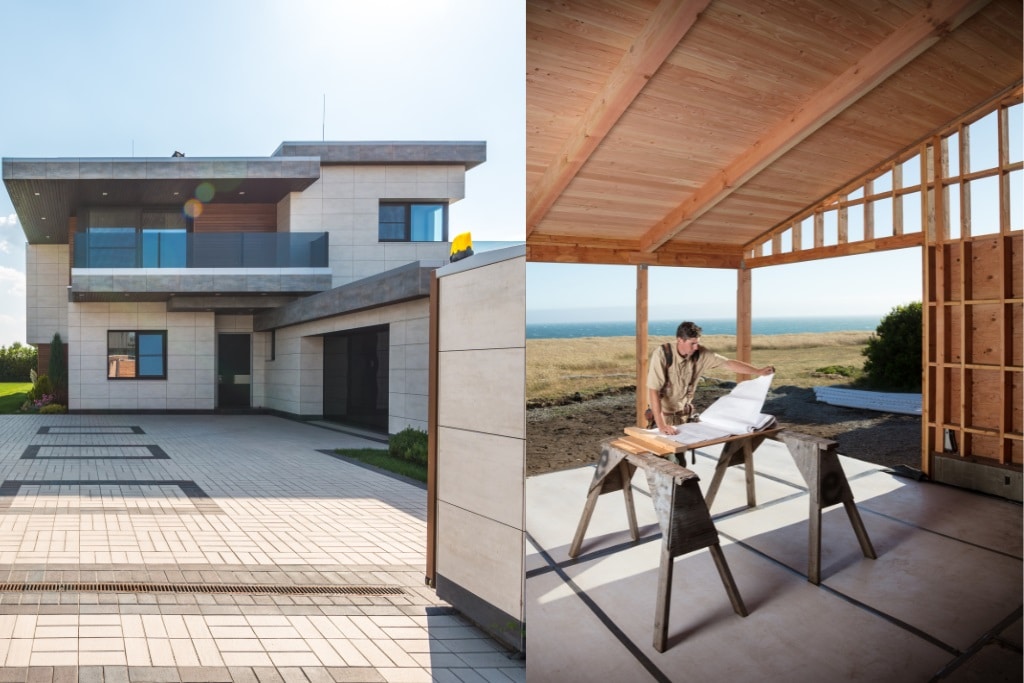
Mastering the financial side of your renovation is as crucial as the design and construction aspects. Establishing a well-thought-out, comprehensive budget will set the groundwork for a smoother renovation journey. Here’s how you can achieve this:
Evaluating Your Financial Capacity
The first step is understanding your spending power. Look into your savings, monthly income, daily expenses, and other financial commitments to determine what you can reasonably afford. It’s also worth exploring financing options such as home equity loans or refinancing if necessary. However, borrow wisely and evaluate the risk before making the decision.
Obtaining Quotes from Contractors and Suppliers
To further refine your budget, enlist quotes from various contractors and suppliers. Ensure you have a clear understanding of what each estimate includes – such as labour, materials, or permits – to avoid overlooked costs. Note that while it can be tempting to choose the cheapest quote, the quality of workmanship and materials should not be compromised.
Keep in mind that professional renovators, like Inhaus Living, often work closely with trusted suppliers, and can offer valuable insights into potential cost savings or superior quality alternatives.
Contingency Planning for Unexpected Costs
However meticulous your planning, unexpected costs can and do creep in. Be it unexpected repairs, delayed shipments, cost overruns, or changes in plans, these can considerably stretch your budget. Establishing a contingency fund, typically around 10-20% of your overall budget, will ensure you’re financially prepared for these unforeseen hurdles.
Crafting a budget goes a long way in manifesting your dream home. Remember, success in managing your renovation budget lies in balancing your aspiration with pragmatism. With a realistic budget in place, you can indulge in creative choices with confidence.
Research and Select a Qualified Contractor
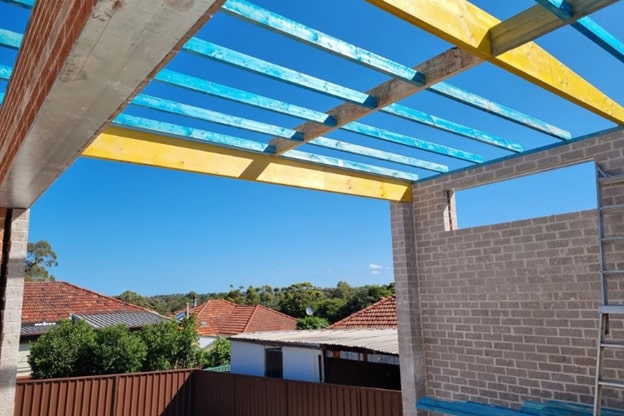
Selecting the right contractor is arguably the most crucial decision you’ll make during your home renovation journey. Skilled, professional, and reliable contractors play an essential role in turning your vision into reality while mitigating potential stress and complications.
The Importance of Hiring a Reputable Contractor
Enjoying a reliable contractor ensures not only quality workmanship but also timely project completion and adherence to budgets and legal requirements. A contractor with a solid reputation will be committed to delivering a superior experience and streamline the entire renovation process for you. Never overlook the importance of trust when inviting someone to work in your home.
Checking Licences, References, and Credentials
Before choosing your contractor, always verify their credentials, including licences, insurance, and membership with relevant professional associations. In Australia, it’s necessary to ensure that the contractor holds a valid building licence.
In addition to credentials, ask for references, testimonials, or prior project portfolios to gauge the quality and style of their work. Speaking to past clients can offer valuable insights into their experiences and satisfaction levels.
Comparing Quotes and Proposals
Once you have shortlisted potential contractors, request quotes and proposals from each one. A detailed quote or proposal should include a breakdown of labour costs, materials, timelines, and scope of work. Comparing these quotes will help you strike a balance between cost and quality.
Remember, going for the lowest-priced can sometimes lead to unforeseen problems or compromised quality later on. Choose a contractor and proposal that aligns with your budget and desired outcomes, and above all, offers peace of mind.
By investing time and effort in selecting the right contractor, you significantly increase the chances of a seamless renovation experience, culminating in a stunning home that you can be proud of.
Obtain Necessary Permits and Approvals
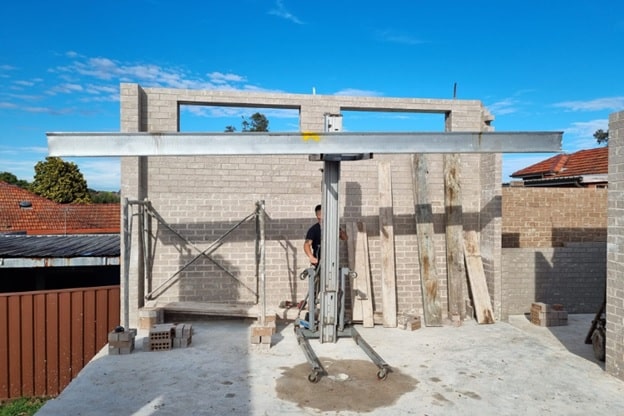
A home renovation project is bound by a framework of local building codes, regulations, and permits to ensure safety, regulate design, and uphold architectural heritage. Ensuring compliance with these provisions is a prerequisite for any successful renovation project.
Researching local building codes and regulations
The first step is to research and understand the local rules that apply to home renovations in your area. These may cover aspects like structural integrity, plumbing, electricity, and even the aesthetic appearance of your home. You can consult with local government bodies or hire a contractor like Inhaus Living who’s well-versed in these parameters. Acquiring this knowledge helps shape your renovation plan into a practical, compliant project.
Acquiring Permits and Approvals
After understanding the regulations, the next step is to obtain the required permits and approvals. Often, your contractor will handle this on your behalf, but it’s still important to be informed and involved in the process.
The permit application involves submitting detailed plans of the proposed renovation to the local authority, who will review them according to their rules and codes. It’s essential to budget both time and money for this process as it might take several weeks or months, and fees are usually associated.
Understanding the Implications of Non-compliance
Non-compliance with codes, regulations, and permit requirements can have significant repercussions:
- Fines and penalties – Failure to comply can result in hefty fines, penalties, or even legal action.
- Safety risks – Non-compliant renovations might pose safety hazards, putting your family’s health and wellbeing at risk.
- Resale implications – It might be challenging to sell your home down the line if it does not comply with regulations. In some cases, you might be obligated to undo the unapproved work before sale.
- Insurance invalidation – Depending on your insurance policy, non-compliance may invalidate your insurance cover if a claim arises that’s connected to the non-compliant work.
Understanding, adhering to, and respecting the rules and regulations governing renovations is a critical step to ensure the success and legality of your project. It safeguards your investment, keeps your project on track, and ensures your renovated home is safe, legal, and retains its value in the future.
Plan the Design and Layout
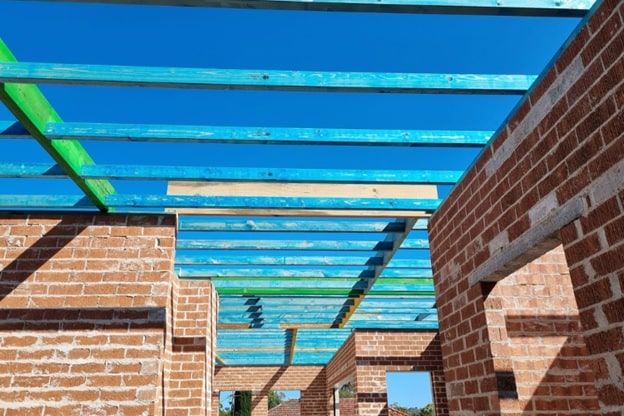
While everyone enjoys revelling in dramatic ‘before’ and ‘after’ shots of home renovations, the journey from the rough ‘before’ to the awe-inspiring ‘after’ is paved by efficient design and layout planning. It’s here that creativity meets practicality to produce something both beautiful and functional.
Collaborating with an Architect or Designer
An architect or designer brings expertise in space planning and structures, capitalising on what’s possible within the constraints of your home and budget. They can help you articulate your vision, provide professional advice, and uncover potential challenges.
Collaborating with a professional ensures your project benefits from their design flair, insights, and technical expertise.
For an integrated experience, teams like Inhaus Living offer an in-house design service as part of their renovation package.
Customising the Design to Suit Your Lifestyle
A tailored design enhances the enjoyment and value of your home. When planning your renovation, consider your needs, lifestyle, and the functionalities you want your space to serve.
If you’re an enthusiastic cook, a spacious kitchen might be fundamental. If you often work from home, a dedicated home office might be crucial. Families with children may prioritise durable materials and ample storage. They key is to clarify what’s most important to you and design around these priorities.
Ensuring Functionality and Aesthetics Align
A successful renovation harmonises functionality with aesthetics. While it’s essential for your space to look good, it must serve its purpose effectively. For example, a sleek minimalist design may appear stunning, but if it doesn’t provide sufficient storage, it might not be practical for your everyday living.
Carefully contemplate the practical aspects of your renovation without compromising on style. Consider utilising multi-purpose furniture, clever storage solutions, and thoughtful layout planning.
Planning your renovation’s design and layout is an exciting phase where your vision starts taking physical form. With professional assistance, a clear understanding of your lifestyle needs, and a sharp focus on balancing functionality and aesthetics, you can create a design that truly transforms your house into a home that reflects and enhances your way of life.
Select High-Quality Materials and Fixtures
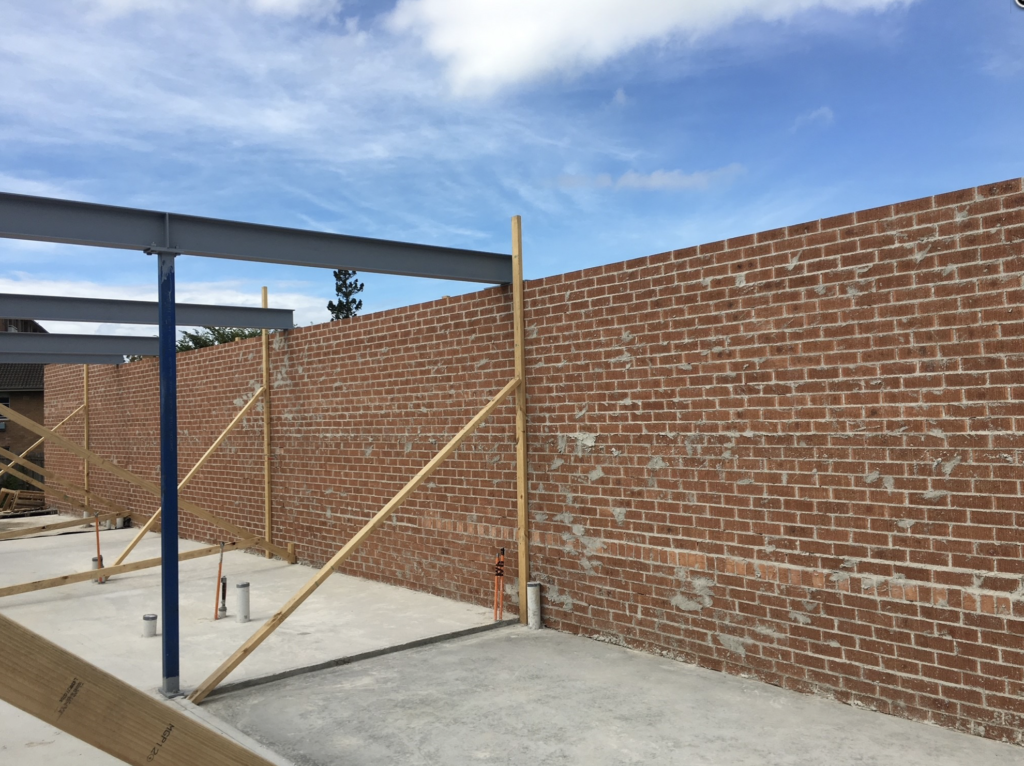
Choosing high-quality materials and fixtures for your home renovation can make a significant difference in its aesthetic appeal and long-term durability. Here are some critical aspects to consider:
Choosing Durable and Sustainable Materials
Opting for materials that are both durable and sustainable ensures that your renovation stands the rest of time while minimising its environmental footprint.
For example, consider resilient materials such as stainless steel for kitchen sinks or ceramic for bathroom tiles, which offer both durability and timeless appeal. For cabinetry and flooring, solid wood may be a more sustainable and longer-lasting option compared to engineered alternatives.
Balancing Cost and Quality
Balancing cost and quality can be complex. While higher quality materials often come at a higher price, their resilience and long lifespan often yields a better return on investment, as they tend to require fewer repairs and replacements over time.
Consider aspects such as maintenance costs, durability, and the potential increase in your property value due to high-quality renovations. However, always keep in mind your overall budget to avoid overspending.
The materials and fixtures you choose are fundamental in determining your renovation’s success. Prioritising durability, sustainability, and quality over short-term cost savings will result in a renovation that non only looks beautiful but stands up to daily wear and tear.
Create a Realistic Timeline
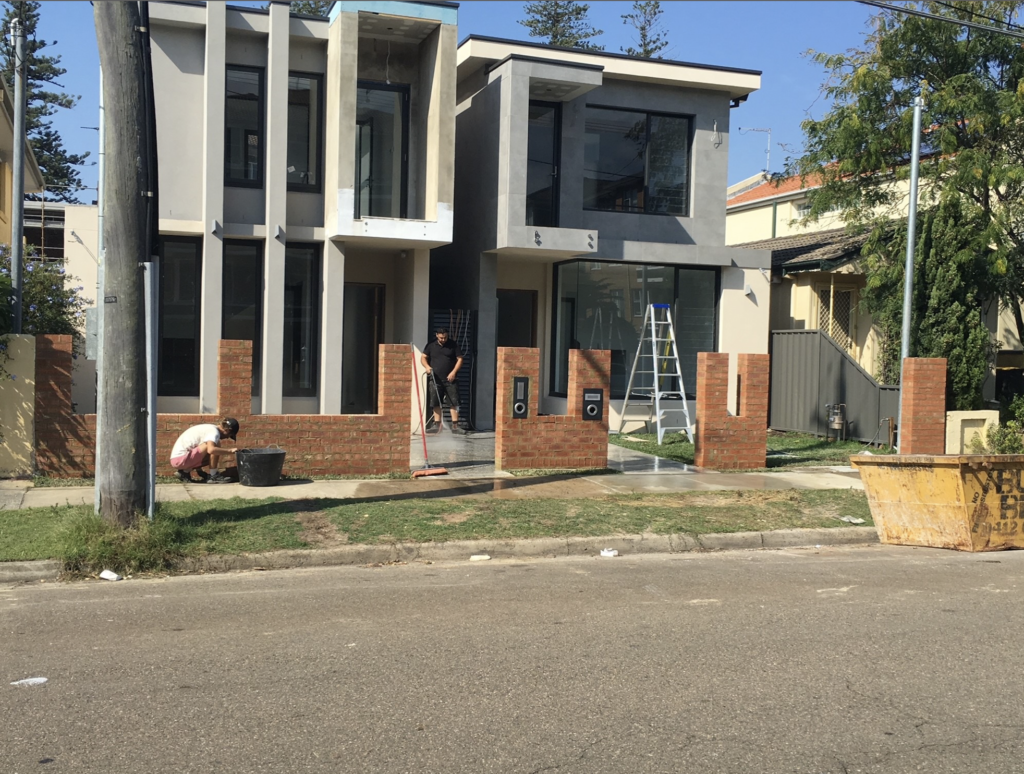
Establishing a realistic timeline for your home renovation is crucial to ensuring the on-schedule and successful completion of the project. Here are three essential aspects to consider when developing your project timeline:
Developing a Project Schedule
Collaborate with your contractor and designer to create a detailed schedule that outlines the various phases of your renovation. Set specific milestones and deadlines for activities, such as demolition, framing, plumbing, electrical work, and final touches. Be sure to include time for selecting materials and obtaining permits and approvals. Hiring a design-build team like Inhaus Living can streamline the process, as they manage both the design and construction aspects of the project.
A well-organised schedule provides clarity about the project’s progress, helps you monitor performance, and allows the project team to coordinate their work efficiently.
Allowing for Unforeseen Delays
Unexpected circumstances are inherent in any renovation project. Inclement weather, supply chain disruptions, and last-minute design changes can all lead to delays in project completion. Make room for adjustments in your schedule by cushioning your timeline with some additional days or weeks.
Building in this flexibility will help you maintain a positive outlook and reduce the stress associated with tight deadlines. Be prepared for the unexpected and be willing to adapt your timeline as needed.
Communicating Expectations with Your Contractor
Clear communication is key to establishing a reliable timeline. Keep an open line of communication with your contractor and convey your expectations upfront. Ask your contractor to provide updates on the project’s progress and address any concerns as they arise.
Regularly discuss your renovation timeline with your contractor and involve them in making schedule adjustments when necessary, ensuring both parties stay committed to meeting deadlines while maintaining realistic expectations.
By developing a detailed project schedule, allowing for unexpected delays, and fostering open communication with your contractor, you’ll create a realistic timeline for your home renovation. This will not only minimise stress but also maximise the chances of completing your project on time and to your satisfaction.
Prepare for Temporary Disruption
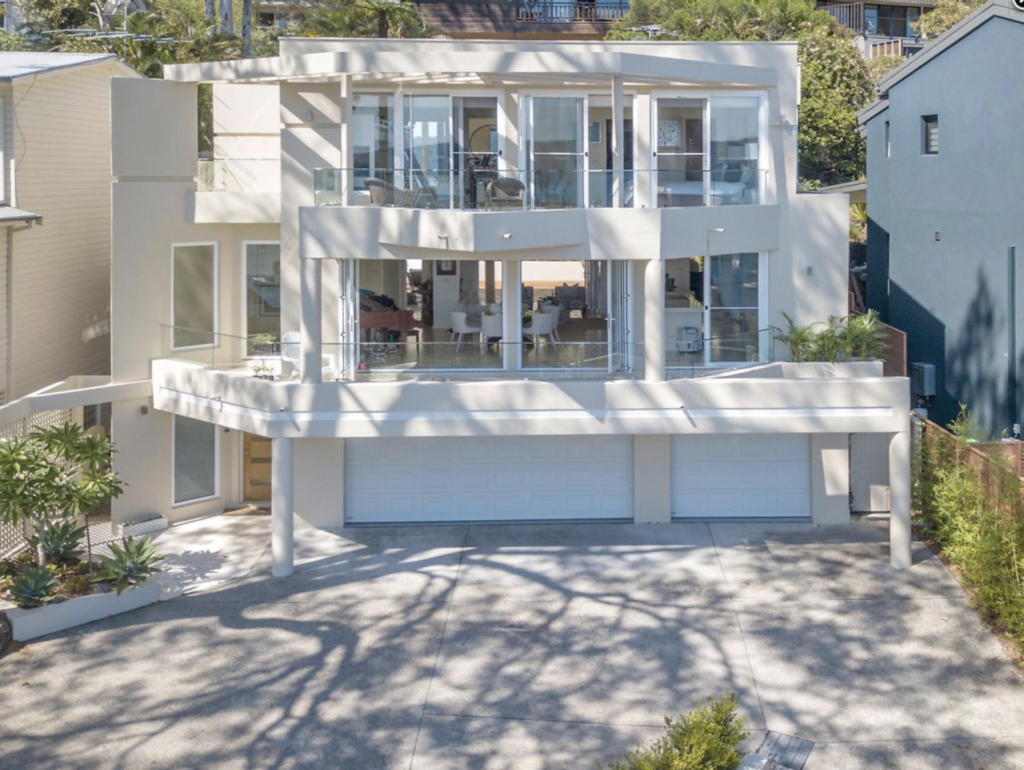
Undoubtedly, renovations bring with them a fair amount of disruption. Homes turn into construction zones; daily routines get affected and your living area may temporarily shrink or become inhabitable. However, sufficient planning can help you navigate through this transitional period with minimal stress.
Relocating During the Renovation (if necessary)
Depending on the scope and span of your renovation, you may need to consider temporary relocation. This is especially true if significant portions of your home will be unliveable during the renovation. Staying with family, renting a short-term property, or booking a long-stay hotel could be potential options. Plan this move well in advance to avoid last-minute hassles.
Securing valuable items and protecting furnishings
Ensure that your valuable possessions, breakable items, and sentimental heirlooms are packed and stored safely before work begins. Dust and debris from the renovation could damage your furnishings and appliances. Use protective coverings and try to create a dust barrier around the work area, where possible.
Minimising the impact on daily routines
To make this period as comfortable as possible, think about the daily routines of your family members and devise a plan to minimise disruptions. If relocating is not an option, create a makeshift kitchen or study, schedule renovation work around nap times for young children, or arrange alternate play/recreation spaces.
While these preparations can significantly reduce the inconvenience, remember that some amount of disruption is inevitable during renovation. Keep your end goal in sight to help maintain your patience and optimism during these temporary upheavals. The finished product will make it all worthwhile!
Quality Control and Inspections
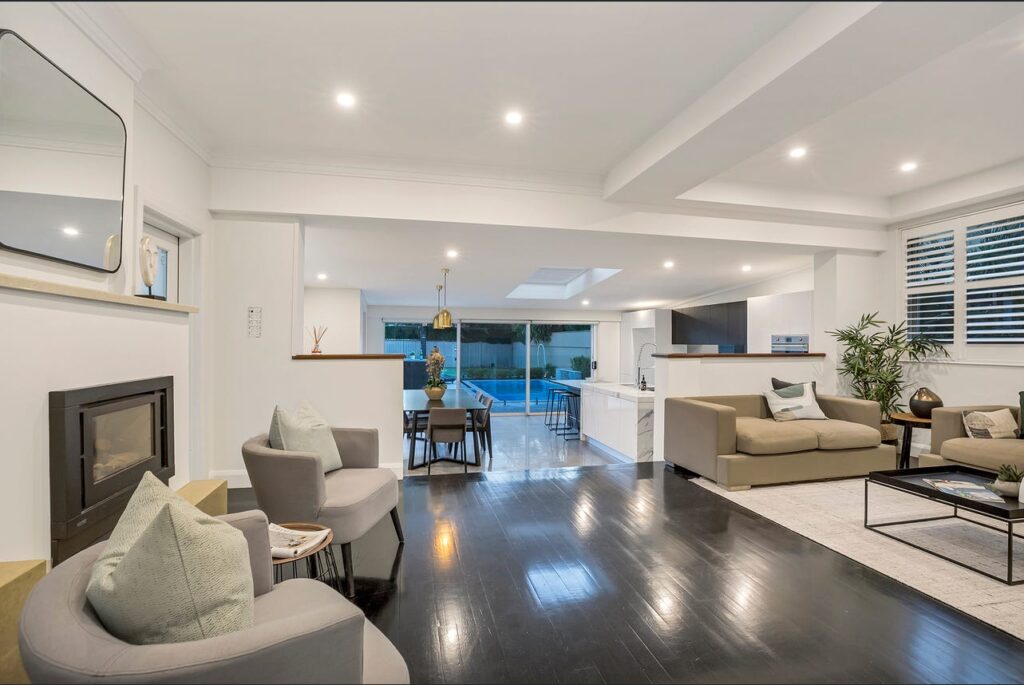
Ensuring quality control and conducing inspections throughout your home renovation project are vital to achieving a superior outcome that exceeds your expectations. Here are some essential considerations for maintaining quality and compliance:
Checking the Quality of Work at Each Stage
Collaborate closely with your contractor, designer, or team like Inhaus Living to monitor the quality of work regularly. Assess the workmanship at each stage of the construction process and confirm that all work aligns with the agreed-upon specifications, plans, and expectations.
Being engaged and proactive throughout the project will help prevent potential issues and enable you to address any discrepancies promptly. When necessary, arrange for a third-party professional to evaluate specific aspects of work, such as electrical installations or structural integrity.
Conducting Inspections for Safety and Compliance
Arrange regular inspections to ensure that the work adheres to safety codes and local regulations. Building code compliance is of utmost importance, as it safeguards the wellbeing of your family and prevents legal complications or penalties.
Rely on professionals, such as architects, engineers, or specialised inspection agencies, to conduct thorough safety and compliance inspections. In some instances, local authorities who issued building permits will also need to inspect and approve completed work before you can proceed with the next phase.
Addressing Any Defects or Issues Immediately
Act swiftly when defects or issues arise. Inform your contractor and discuss the steps required to rectify the situation. Make sure to have a solid understanding of the warranties and guarantees provided by your contractor, suppliers, and manufacturers for their work and materials.
Promptly addressing issues not only ensures the longevity of your renovation but also protects your investment and its value. Maintain a record of these instances, including correspondence and photographs, in the rare event that disputes, or legal action occur.
By regularly checking the quality of work, conducting safety and compliance inspections, and addressing any defects or issues promptly, you raise the chances of achieving a seamless home renovation experience. These steps contribute to the overall success of your project, providing you with a beautifully renovated home that stands the test of time.
Embark on Your Dream Renovation Journey with Inhaus Living!
Transforming your house into a dream home can be a complex process, but with the right partner by your side, it becomes a fulfilling journey rather than a daunting task. At Inhaus Living, we collaborate with you to breathe life into your ideas and make the home renovation a smooth, trouble-free journey.
From assistance with meticulous planning to quality execution and post-renovation services, we offer you a comprehensive range of services for a seamless renovation experience. Our commitment to quality, innovation, and customer satisfaction makes us the ideal partner for your next home improvement project.
Why wait? Contact us today. Don’t settle for ordinary, trust Inhaus Living to bring your dream home to life!

